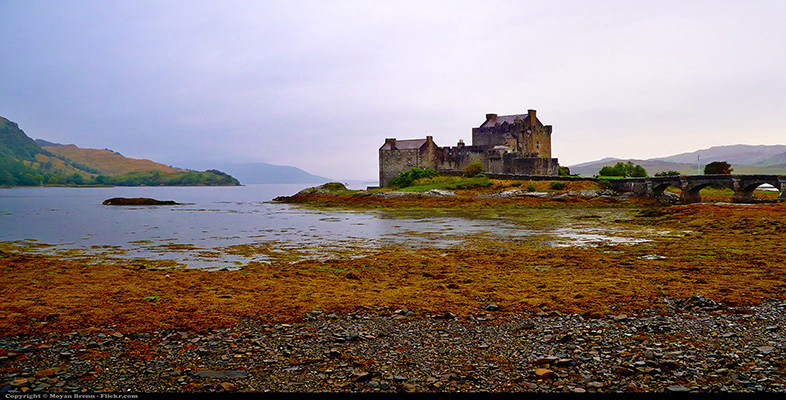Painting, the liberal arts and humanism
Alberti pointed out that ancient philosophers and kings had enjoyed painting, including it as part of the liberal education of their children and even practising it themselves (Alberti, 1966 [1435], pp. 65–6). Such arguments served to vindicate painting in the minds of status-conscious patrons; they also struck a blow for the status of painters. Traditionally, a division had been drawn between the manual arts (or crafts), undertaken to earn a living and depending on practical skill, and the liberal arts pertaining to the leisured classes and studied for their own sake. Self-evidently, the distinction is a false one in that all artists needed to earn a living. To claim that painting was a liberal art narrowed the social gap between artist and patron, however, and put painting on a par with educated activities to do with reading and writing, such as poetry. For this too there were antique antecedents. The ancient Roman poet Horace (65–8 BCE) had compared poetry and painting in his essay Ars poetica (‘The art of poetry’), while the Roman writer Plutarch (c.50 – after 120 CE) cited the maxim that painting is mute poetry and poetry a speaking picture (Lee, 1967, pp. 2–5, and Hardie, 1993, pp. 120–1). Such comparisons were used to assert the parity of status of painting and poetry, something that neither Horace nor Plutarch is likely to have intended.
Alberti himself had received a humanist education based on the study of ancient Greek and Roman culture, and he was not alone in pointing out that painting and drawing had been included in an ancient liberal education. Early fifteenth-century humanist educator Vittorino da Feltre, working at the Gonzaga court in Mantua, employed artists in the programme of liberal education he offered the sons of rulers (Warnke, 1993, p. 39). It is no accident that some of the most famous paintings of all time were commissioned by regional Italian rulers well versed in such humanist ideas.
